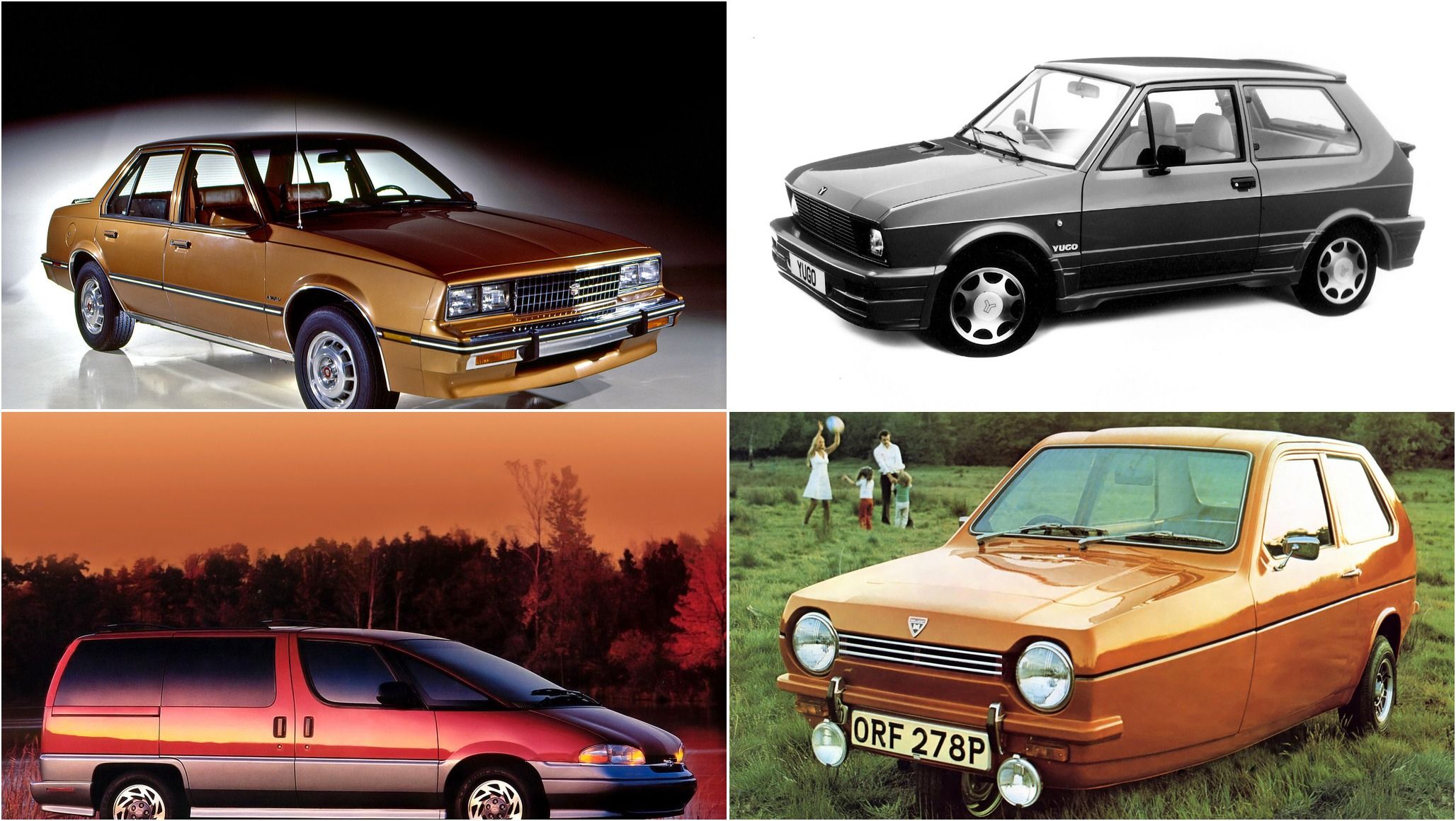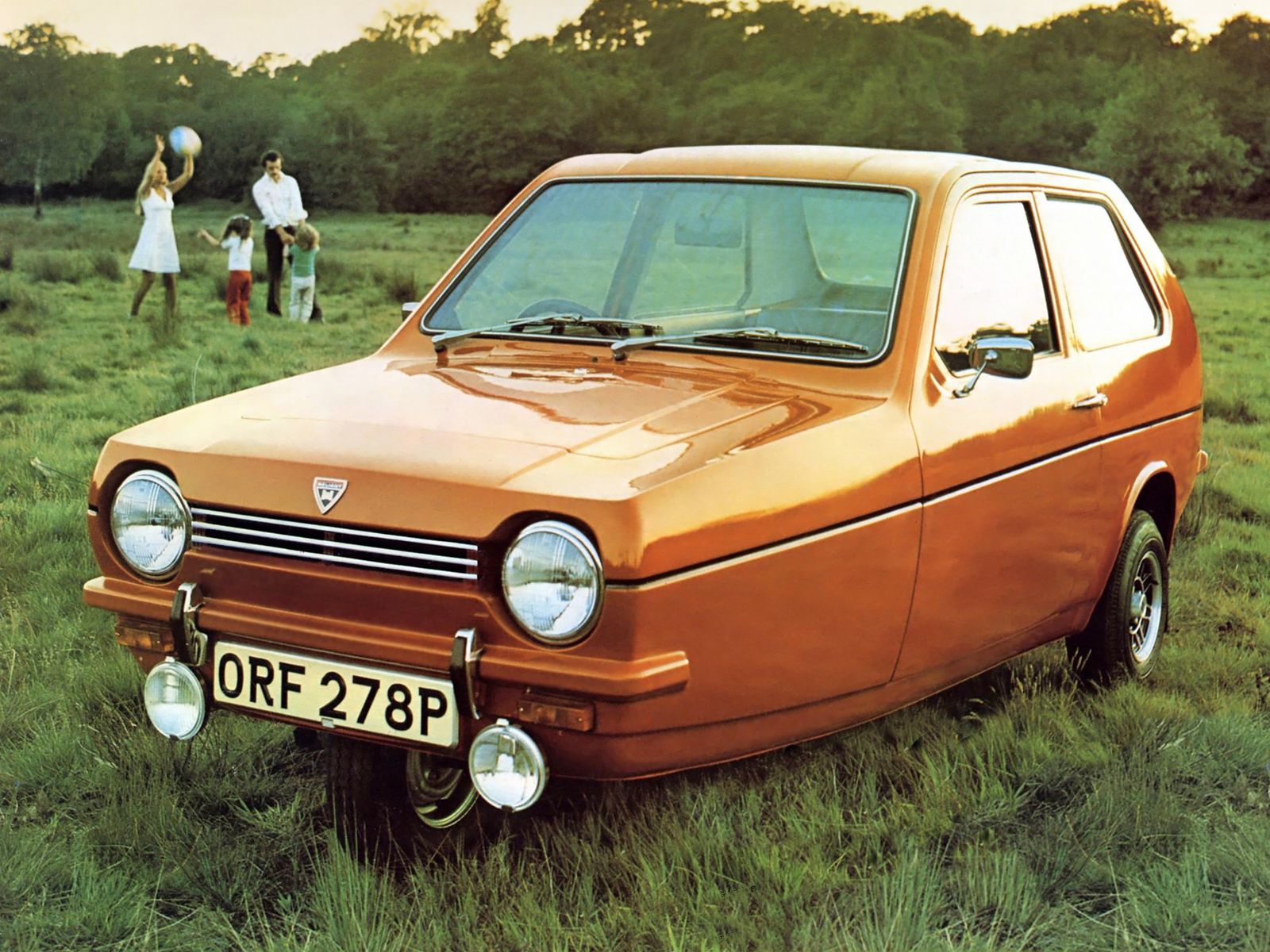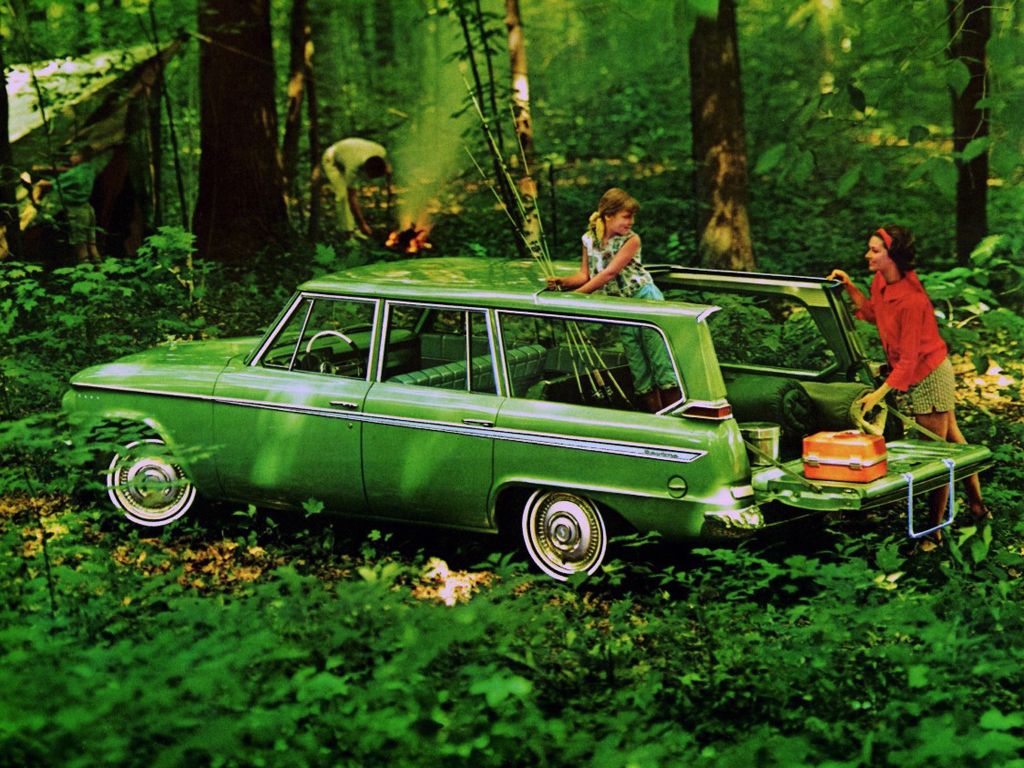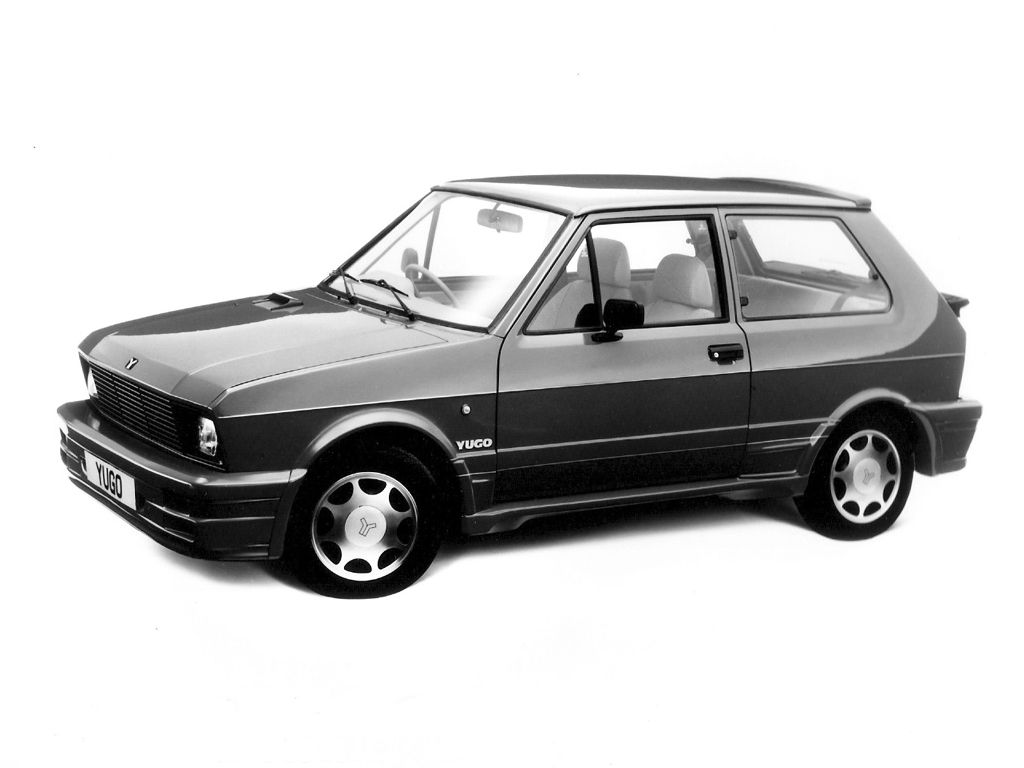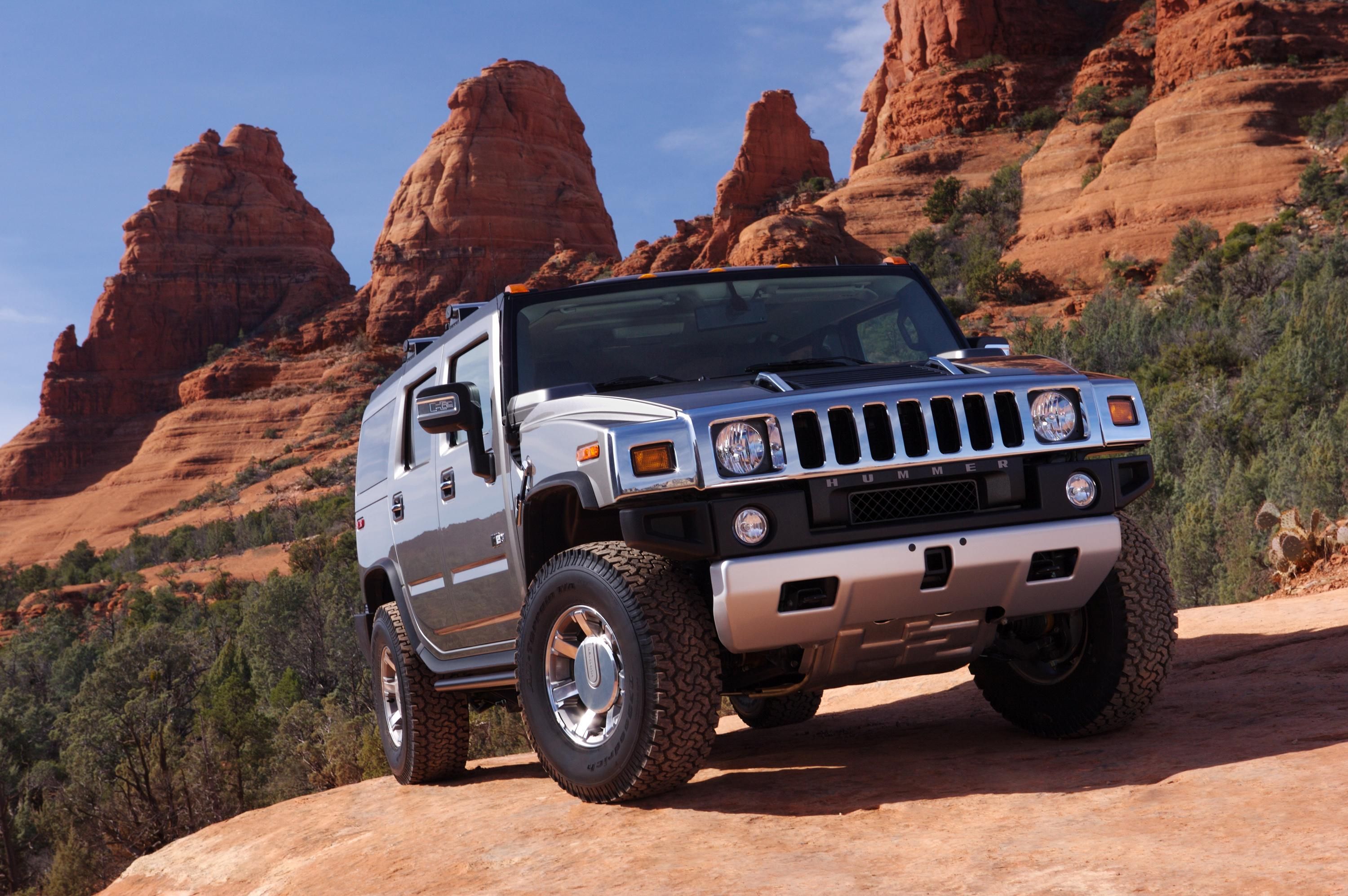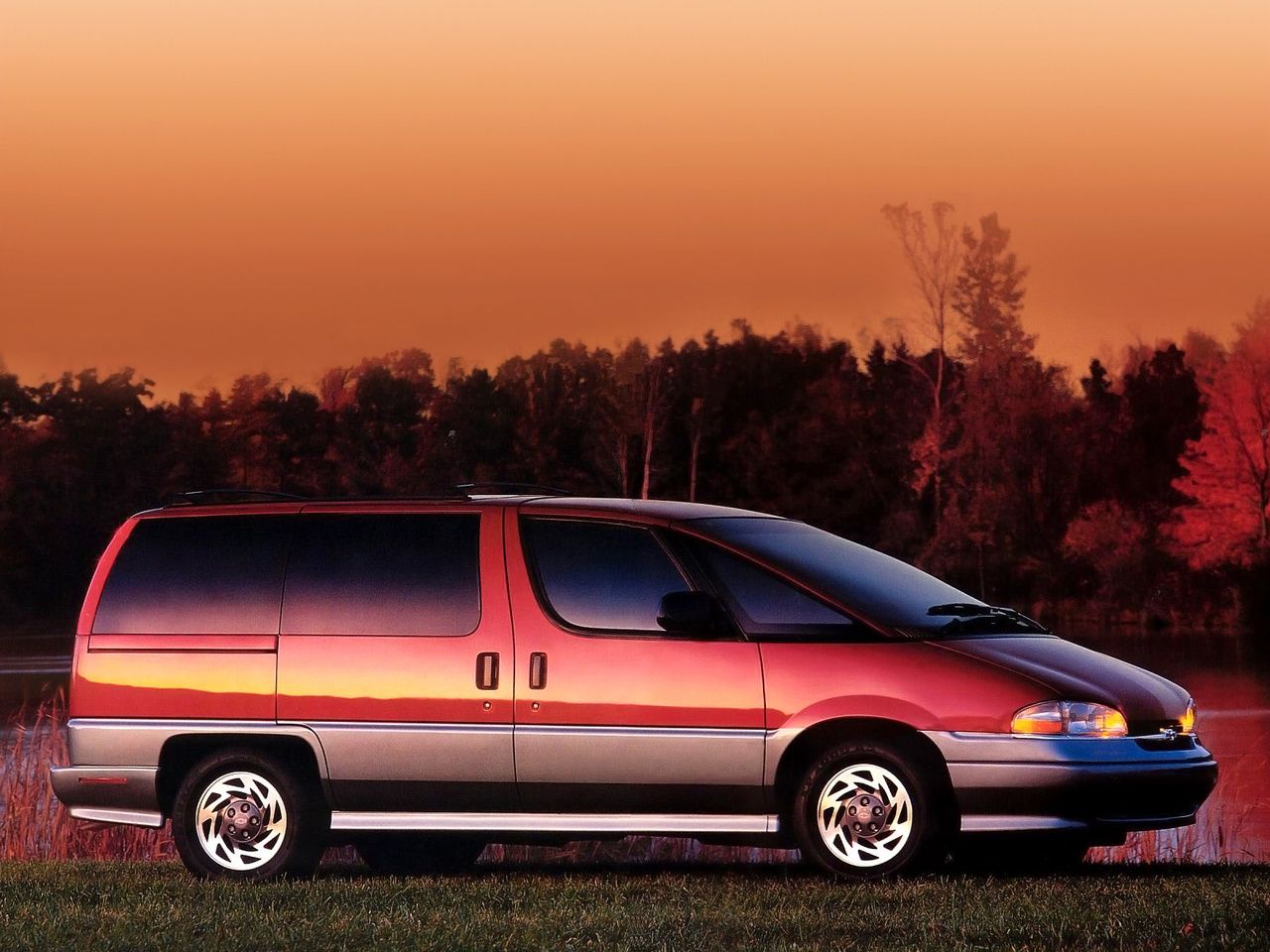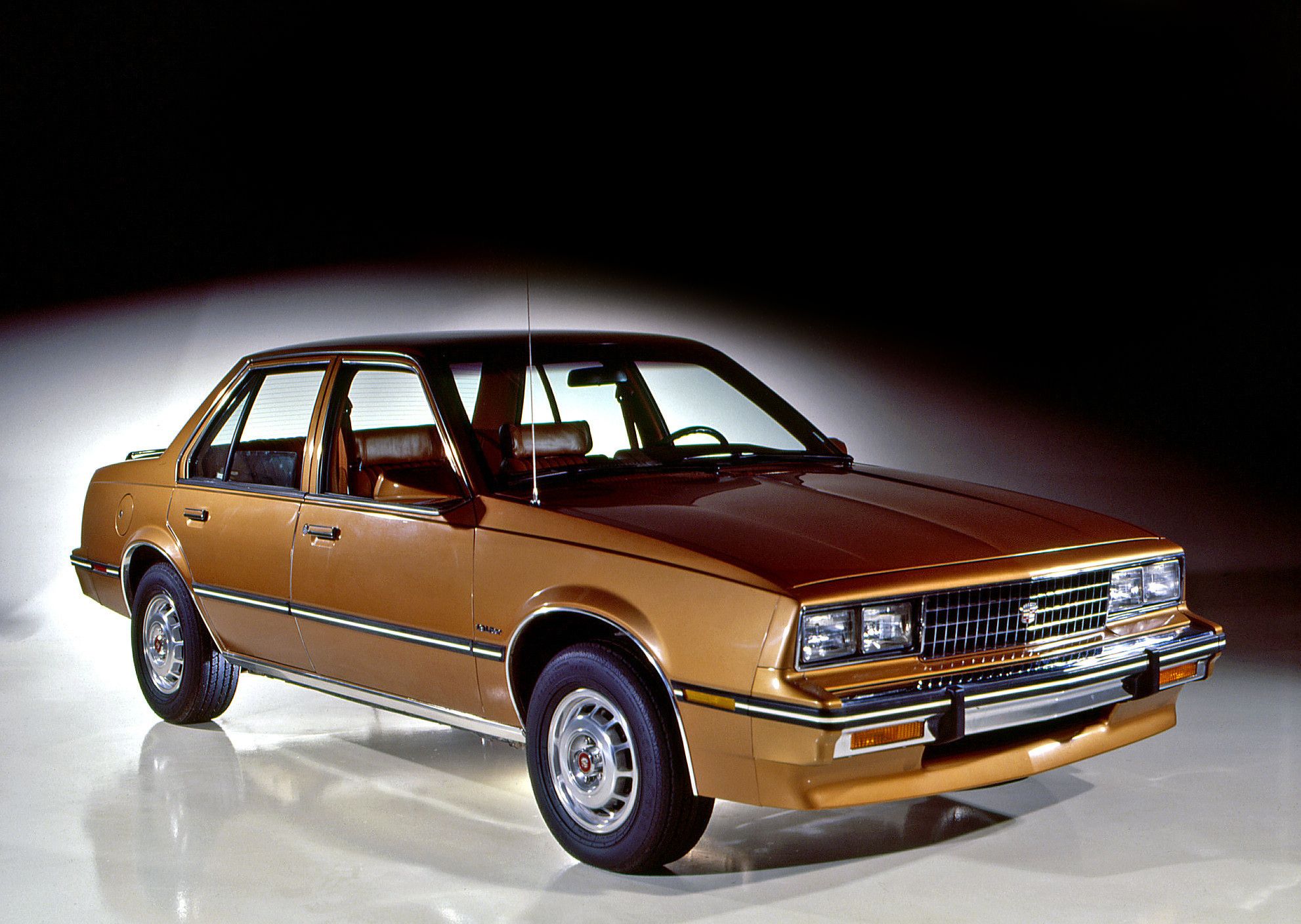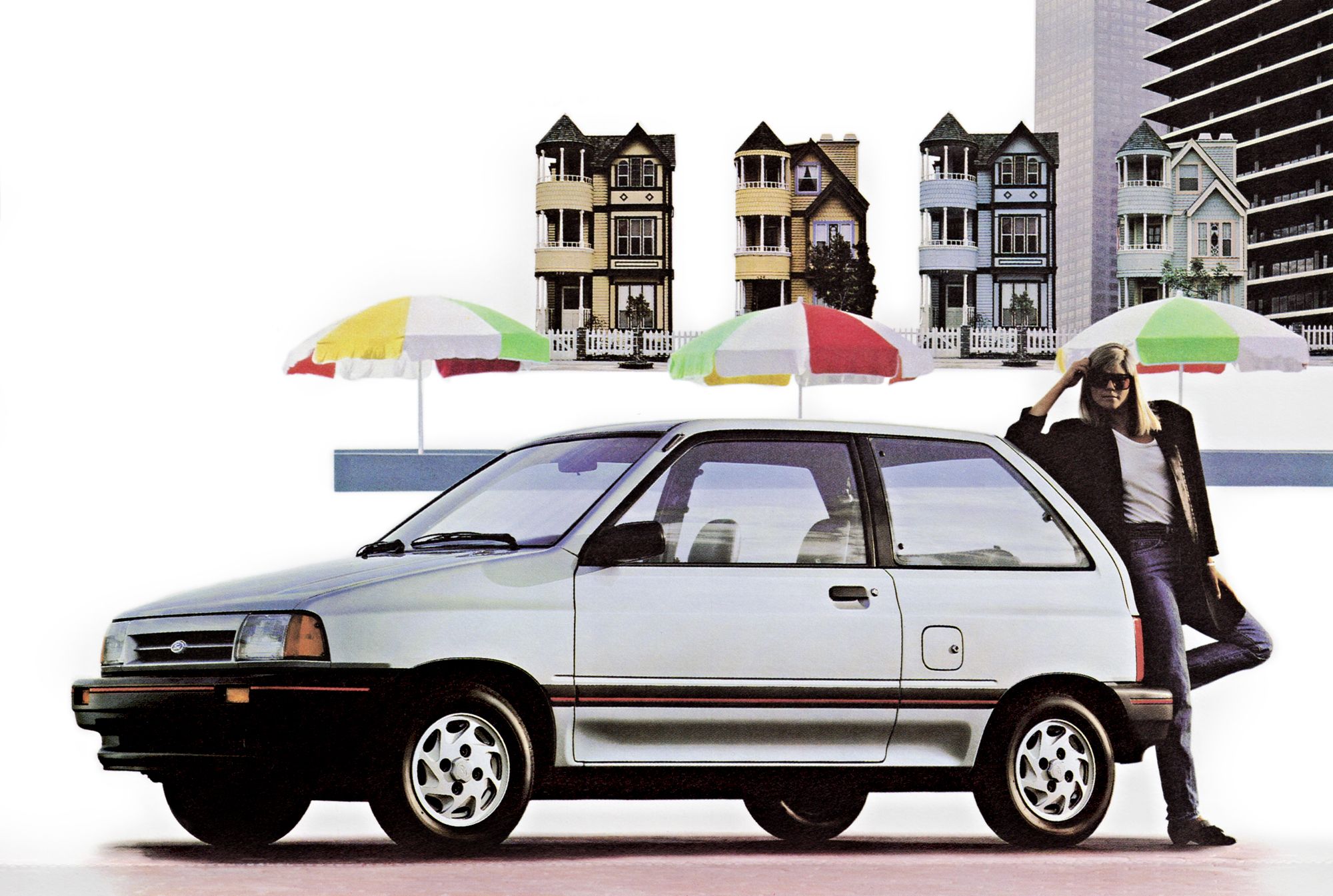As many classic cars as the industry has, there are just as many lemons. Some of these lemons still exist today, but a lot have been parked to the annals of history. In this space, we’re going to take a look back at some of the most infamous automotive lemons that have entered our lives. They were bad back then, but imagine what they’d be like if they were still around today. We’re not praying for that day to come, hence our wish that we never see these cars again.
Reliant Robin
We’ve all seen and heard everything we need to know about the Reliant Robin. It’s a great novelty car, sure, but everything about it makes it a death trap on wheels. It only has three of them, which explains why there's only one wheel in the front. It also doesn’t have the option to reverse, which seems like an important option to have on a car, no matter how many wheels it has. It’s considered the worst British-made car of all time and for good reason. You can get inside it and you immediately feel like you’re being deprived of oxygen. It doesn’t handle as well as you’d like, too. Imagine the perils of having to turn sideways, not knowing if you’re going to tip over if you’re not careful. The Robin will forever be etched in the lore of automotive history as one of the quirkiest vehicles ever built. For the love of everything that’s decent, let’s hope it stays that way.
Chrysler PT Cruiser
The PT Cruiser was really something else, wasn’t it? There’s a segment of the population that loved the car when it first came out. Part of it had something to do with how it looked. It was one of the first purpose-built, retro-styled cars that caught the attention of the public. But as soon as people started digging its retro vibe, the Cruiser hit the road, and all the goodwill it built up went down the toilet. By and large, the PT Cruiser was a horrible car to drive. It didn’t help that, while some people liked its design, a bigger segment of the population absolutely hated it. It was considered a desperate attempt by Chrysler to inject some life to its brand, but in the end, the opposite happened. The PT Cruiser didn’t help Chrysler in anything other than make “ugly car lists” like this one. It also didn’t help that Chrysler actually doubled down on the model by releasing a convertible version that looked exactly like the original model, except that it had its roof cut off. There’s no going around it. The PT Cruiser could’ve turned into a better car if Chrysler didn’t rely too much on pangs of nostalgia from its customers.
Read our full review on the 2006 Chrysler PT Cruiser
Studebaker Wagonaire
The Studebaker Wagonaire is the perfect case study of how a supposed novel feature in a car ends up being its biggest flaw. Those of you old enough to remember the Wagonaire will remember its retractable sliding rear roof, which was marketed as a feature that allowed the Wagonaire to carry items that would otherwise be too tall for a conventional station wagon. It was a great idea, but the execution was anything but great. As soon as customers started buying the Wagonaire, reports started coming in that the wagon’s roof leaked water near the front of the sliding section. Studebaker tried to address the issue by redesigning the roof seals, the problem persisted throughout the Wagonaire’s production life. In the end, the model only lasted three years — 1963 to 1966 — and its epic failure served as one of the catalysts that led to the automaker folding shop. It was a bitter end to one of the industry’s pioneers. In fact, if Studebaker still existed today, it would be, and I kid you not, 166 years old.
Yugo
When you earn the nickname the “Mona Lisa of bad cars,” you probably shouldn’t have any business making a comeback. Fortunately, it appears that the Yugo has been left to rot in the annals of automotive history, never to be seen or heard from again. The small compact hatchback did become relevant in its day in the sun, even if it’s for all the wrong reasons. It traced its origins to the Zastava Koral, a car that was first built in what was then Yugoslavia. The hatchback’s sketchy family tree didn’t do wonders for its quality, even if it was marketed as a cheap alternative compared to its rivals at the time. For some reason, the Yugo somehow made its way to the U.S., a startling fact in it of itself if not for the other incredible fact that a lot of Americans actually bought it. Auto designer Malcolm Bricklin — the man responsible for the SV-1 sports coupe — sold the Yugo in the U.S. from 1985 to 1992. A total of 141,651 units were sold during its run including an incredible 48,812 units in 1987. Those poor fellows likely ended up regretting their decisions because the Yugo suffered from so many quality issues. It looked decent, sure, but it had appalling performance capabilities, poor build quality, and was a safety hazard for everyone on the road, particularly its driver. Mercifully, the Yugo is no longer part of our lives, and for the sake of everyone, let’s hope it stays that way.
Hummer H2
I admit that there’s a small part of me that wants the Hummer to return, just so I can see what kind of reception it’s going to get in today’s automotive landscape. That said, there’s a bigger part of me that thinks that resurrecting the Hummer is a complete waste of time, in part because the very makeup of the vehicle flies directly against the current evolution of the business. It’d still be interesting, though, to see what kind of reception a car like the H2 would get these days. Is anyone interested in such an audacious, overly militaristic vehicle? Could someone even stomach the thought of a non-exotic car with a fuel mileage of 10 miles to the gallon? Most curious of all is whether anybody would even spend the kind of money to buy a new H2. Remember, the OG Hummer H2 cost $65,000 back when it first hit the scene in the early 2000’s. The Hummer H2 could’ve worked in another time. Perhaps there’s even a niche market for it now. We’ll never know if it doesn’t return, but I don’t think anybody at General Motors is going to take that risk knowing what’s at stake. Perhaps if the General found a way to electrify the H2? That’d be an interesting concept, though not one that I think is ever going to happen. The H2 is better off left in the retirement home. It had its run, and it failed.
Read our full review on the 2008 Hummer H2
Chevrolet Lumina APV
Speaking of unflattering nicknames, the Chevrolet Lumina APV gives the Yugo some good company. Though not as bad as the compact car, the Lumina APV couldn’t escape being compared to the “Dustbuster,” the popular hand-held vacuum cleaner that was popular in the same era. The van’s shape certainly gave those comparisons legs to stand on, but even with that, The Lumina APV’s biggest flaws involved things that vans were supposed to be good at. Vans are supposed to be comfortable. The Lumina APV had awkward — that’s putting it lightly, too — seating positions. Vans are supposed to handle properly given its purpose as a family hauler. The Lumina APV suffered from terrible handling. In the end, the Chevrolet Lumina APV failed to live up to its mission of competing against the popular Dodge Caravan. Worse, it had two other siblings — the Pontiac Trans Sport and Oldsmobile Silhouette — that failed to live up to their own expectations. The Lumina APV could return, though it’s not going to have an easier go at the market given that crossovers and SUVs have essentially replaced vans as the people’s choice when it comes to family vehicles. It might be best for Chevy to keep the Lumina APV in the garage for the time being.
Chevrolet SSR
The Chevrolet SSR should never have been made. It’s one thing for an automaker to roll out a competitor that can compete against a popular model. It’s another thing entirely for an automaker to roll out a competitor for a model that isn’t even good in the first place. That’s what’s written in the tombstone of the dumb SSR pickup. It was General Motors’ answer to the Chrysler Prowler, a car that had its own run of issues. Apparently, the General thought that Chrysler had a hit on its hands so it deiced to roll out a retro-styled hot-rod pickup that was powered by a massive 300-plus-horsepower 5300 Vortex V-8 engine. There’s a world where the SSR should’ve been a grand slam success. The sloppy retro design notwithstanding, there was something to it that was appealing. Unfortunately, GM made the mistake of mating the pickup’s engine with a four-speed automatic transmission that essentially robbed any possibility of the pickup being used for burnouts and other mischievous antics. The reception surrounding the SSR proved as much. It failed to gain any form of traction, and just as fast as it came in with all the hype surrounding it, it flamed out quicker than it could do a 0-to-60-mph acceleration time. It’s possible, though, that the Chevrolet SSR could succeed in today’s pickup landscape. But if I’m General Motors, is that a risk that I’m worth taking, knowing how bad it got the first time around? My answer is “no.”
Read our full review on the Chevrolet SSR
Cadillac Cimarron
Though I remain a fan of sedans in today’s car market, I’m not going to be thrilled if I see the Cadillac Cimarron return to today’s auto world, especially if the build strategy doesn’t change from when the Cimarron was launched in the early 1980’s. The Cimarron wasn’t exactly a bad car. It had a six-year run - from 1982 to 1988 — that a lot of people tend to forget these days. What people remember about the Cimarron isn’t the car itself, but it’s stature as a redecorated version of the Chevrolet Cavalier. The two cars couldn’t look more alike, especially if you take the Cimarron’s grille off. Do that and they’re exactly identical. The decision to launch the Cimarron as a rebadged Cavalier and market it as a more premium subcompact that could compete against German automakers is a perfect example of an automaker trying to pull a ruse on the market. Fortunately, it didn’t work back then, and it probably isn’t going to work today. The Cimarron was a complete debacle. It didn’t perform like a premium sedan, which led to abysmal sales during its entire six-year run. Fortunately, Caddy pulled the plug on the sedan before it could do further damage to its beaten-up reputation. Imagine if Cadillac pulled that same trick today? Should anyone buy a rebadged Cadillac that’s actually a Chevrolet Cruze underneath?
AMC Gremlin
American Motors Corporation, or AMC, as it’s more popularly known, was always the fourth child in the U.S. automotive business. It was never as big as Ford, General Motors, and Chrysler, and it showed during its heyday when it earned a reputation for exploiting special market segments left untended by the three auto giants. One model that came out of this strategy was the Gremlin, a car that turned into the butt of many, many jokes in its time. The Gremlin did live up to its name in one regard. It was ugly. The hatchback featured a long and low front end profile with a short hatch in the rear. It seemed like a good design at that time, at least until you saw it from the side. That’s when people started identifying its design with an iron. If that wasn’t bad enough, the Gremlin was known for carrying the wonkiest of features, none more curious than the vacuum-operated windshield wipers. To be fair, the Gremlin had a short-lived run for AMC for some time. That’s partly due to the fact that it was faster than a lot of subcompact cars of the era. But even that didn’t help the Gremlin elevate its status as a model that we can look back fondly on.
Read our full review on the AMC Gremlin
Ford Festiva
A lot of people probably remember this car as the Kia Pride. In the U.S., though, it took the name “Festiva,” which, in hindsight, was a poorly conceived name given the kind of reputation it ended up receiving. There was nothing — nothing! — festive about the Festiva. It was a hideous car born out of Ford’s partnership with Mazda and Kia. It had a cheap design that underscored the fact that it was a cheap car. Yep, it was so cheap that after failing to sell upgraded SE models in its first year, Ford decided to make it cheaper by removing the alloy wheels and the rear wiper on the base model. If those weren’t bad enough, the Festiva was powered by a clunker of an engine: a 1.3-liter inline four that produced 63 horsepower and 74 pound-feet of torque. Opt for the “bigger” 1.5-liter inline four and you get 89 horsepower and 99 pound-feet of torque. The Festiva was so slow that even the thought of making a pass on the highway would be enough to get it panting and wheezing. Subcompact cars remain popular these days because of their economical statures. Rest assured, though, no one’s coming within 100 feet of the Festiva if Ford somehow decides to bring it back to life.

